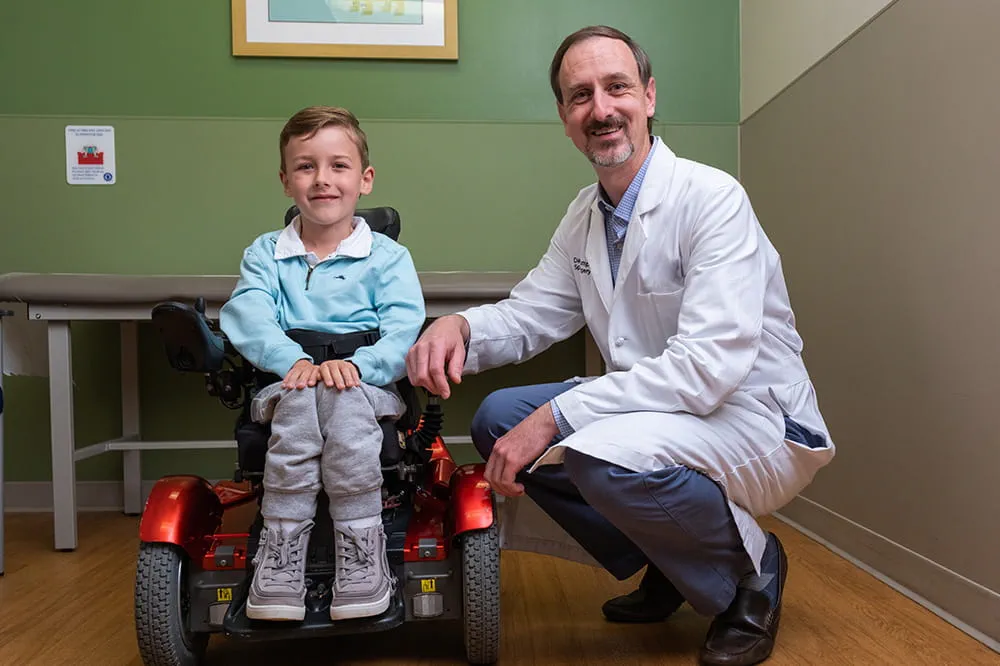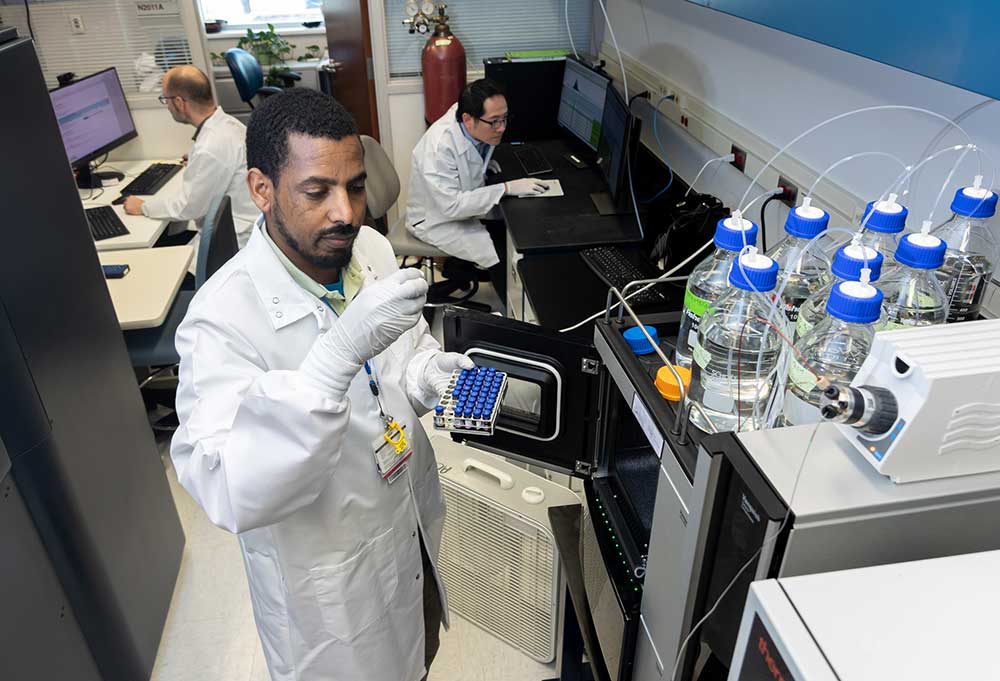GIVE NOW before 2025 ends—your gift will be doubled to help children in need. Click here to 2x your impact!

Ranked nationally in pediatric care.
Arkansas Children's provides right-sized care for your child. U.S. News & World Report has ranked Arkansas Children's in seven specialties for 2025-2026.

It's easier than ever to sign up for MyChart.
Sign up online to quickly and easily manage your child's medical information and connect with us whenever you need.

We're focused on improving child health through exceptional patient care, groundbreaking research, continuing education, and outreach and prevention.

When it comes to your child, every emergency is a big deal.
Our ERs are staffed 24/7 with doctors, nurses and staff who know kids best – all trained to deliver right-sized care for your child in a safe environment.

Arkansas Children's provides right-sized care for your child. U.S. News & World Report has ranked Arkansas Children's in seven specialties for 2025-2026.

Looking for resources for your family?
Find health tips, patient stories, and news you can use to champion children.

Support from the comfort of your home.
Our flu resources and education information help parents and families provide effective care at home.

Children are at the center of everything we do.
We are dedicated to caring for children, allowing us to uniquely shape the landscape of pediatric care in Arkansas.

Transforming discovery to care.
Our researchers are driven by their limitless curiosity to discover new and better ways to make these children better today and healthier tomorrow.

We're focused on improving child health through exceptional patient care, groundbreaking research, continuing education, and outreach and prevention.

Then we're looking for you! Work at a place where you can change lives...including your own.

When you give to Arkansas Children's, you help deliver on our promise of a better today and a healthier tomorrow for the children of Arkansas and beyond

Become a volunteer at Arkansas Children's.
The gift of time is one of the most precious gifts you can give. You can make a difference in the life of a sick child.

Join our Grassroots Organization
Support and participate in this advocacy effort on behalf of Arkansas’ youth and our organization.

Learn How We Transform Discovery to Care
Scientific discoveries lead us to new and better ways to care for children.

Learn How We Transform Discovery to Care
Scientific discoveries lead us to new and better ways to care for children.

Learn How We Transform Discovery to Care
Scientific discoveries lead us to new and better ways to care for children.

Learn How We Transform Discovery to Care
Scientific discoveries lead us to new and better ways to care for children.

Learn How We Transform Discovery to Care
Scientific discoveries lead us to new and better ways to care for children.

Learn How We Transform Discovery to Care
Scientific discoveries lead us to new and better ways to care for children.

When you give to Arkansas Children’s, you help deliver on our promise of a better today and a healthier tomorrow for the children of Arkansas and beyond.

Your volunteer efforts are very important to Arkansas Children's. Consider additional ways to help our patients and families.

Join one of our volunteer groups.
There are many ways to get involved to champion children statewide.

Make a positive impact on children through philanthropy.
The generosity of our supporters allows Arkansas Children's to deliver on our promise of making children better today and a healthier tomorrow.

Read and watch heart-warming, inspirational stories from the patients of Arkansas Children’s.
Hello.

Arkansas Children's Hospital
General Information 501-364-1100
Arkansas Children's Northwest
General Information 479-725-6800

Pulmonary Stenosis
What is pulmonary stenosis?
Pulmonary stenosis is a type of congenital heart disease. This means that it’s a heart condition that a baby is born with. Children with pulmonary stenosis have a problem with the pulmonary valve inside their heart. Normally, the three leaflets of the valve allow blood to flow forward into the lungs, while stopping the blood from flowing backwards. When a child has pulmonary stenosis, these leaflets might be too thick, stuck together, or not open all the way. This makes the heart work harder to pump blood to the lungs. Over time, this can damage the heart.
Pulmonary stenosis can range from mild to severe. Children with mild disease might not have symptoms until they are older, while children with severe pulmonary stenosis can be very ill.
What are the signs and symptoms of pulmonary stenosis?
The symptoms of pulmonary stenosis can vary depending on how severe it is. Symptoms of pulmonary stenosis in children may include:
- A blue tint to the skin, fingernails or lips
- Shortness of breath
- Fast or heavy breathing
- Feeling very tired
- Chest pain
What causes pulmonary stenosis?
Pulmonary stenosis occurs when the pulmonary valve does not develop correctly during pregnancy. Experts are not sure what causes this to happen.
How is pulmonary stenosis treated?
The treatment for pulmonary stenosis depends on the severity and type of your child’s condition. Children with mild disease may not need any treatment. Children with moderate to severe pulmonary stenosis may need to have the valve repaired or replaced. Treatment options may include:
- Cardiac catheterization. During this procedure, the doctor inserts a catheter with a balloon at the tip into a vein in your child’s leg and guides it to the valve. When the catheter reaches the valve, the doctor inflates the balloon to stretch the valve open.
- Valve replacement. Children with a severe stenosis may need to have their pulmonary valve replaced, using an artificial valve or one from a donor.
Nationally ranked in pediatric cardiology and cardiac surgery, the Arkansas Children's Heart Institute offers world-class expertise and state-of-the-art technology to infants, children, adolescents and young adults. Your pediatric cardiology team at Arkansas Children’s is experienced in treating pulmonary stenosis and will work with you to determine the best course of treatment for your child.

Appointments
New and existing patients can visit our appointment hub for several ways to request an appointment, including online scheduling for many services.
Request an appointment
